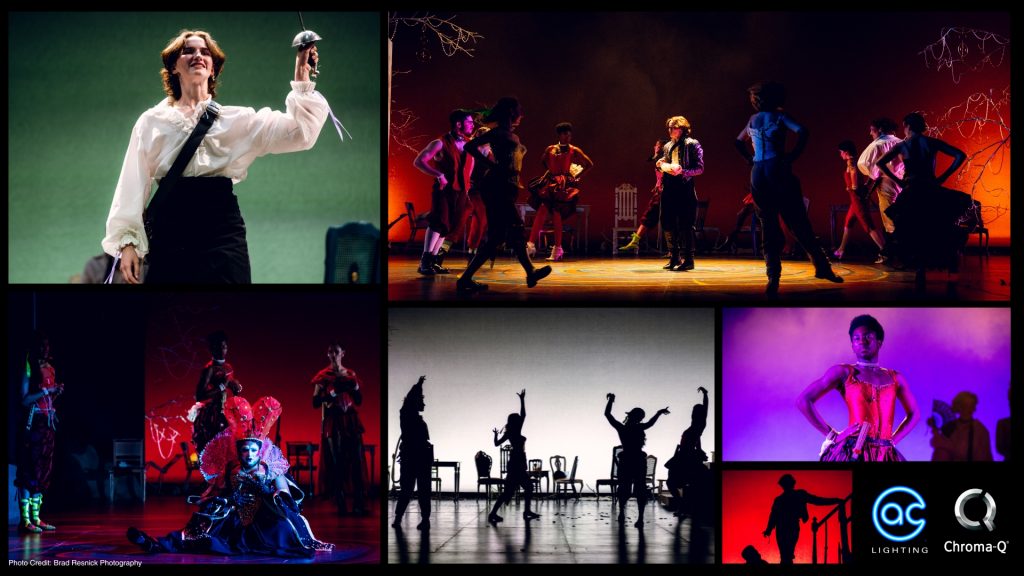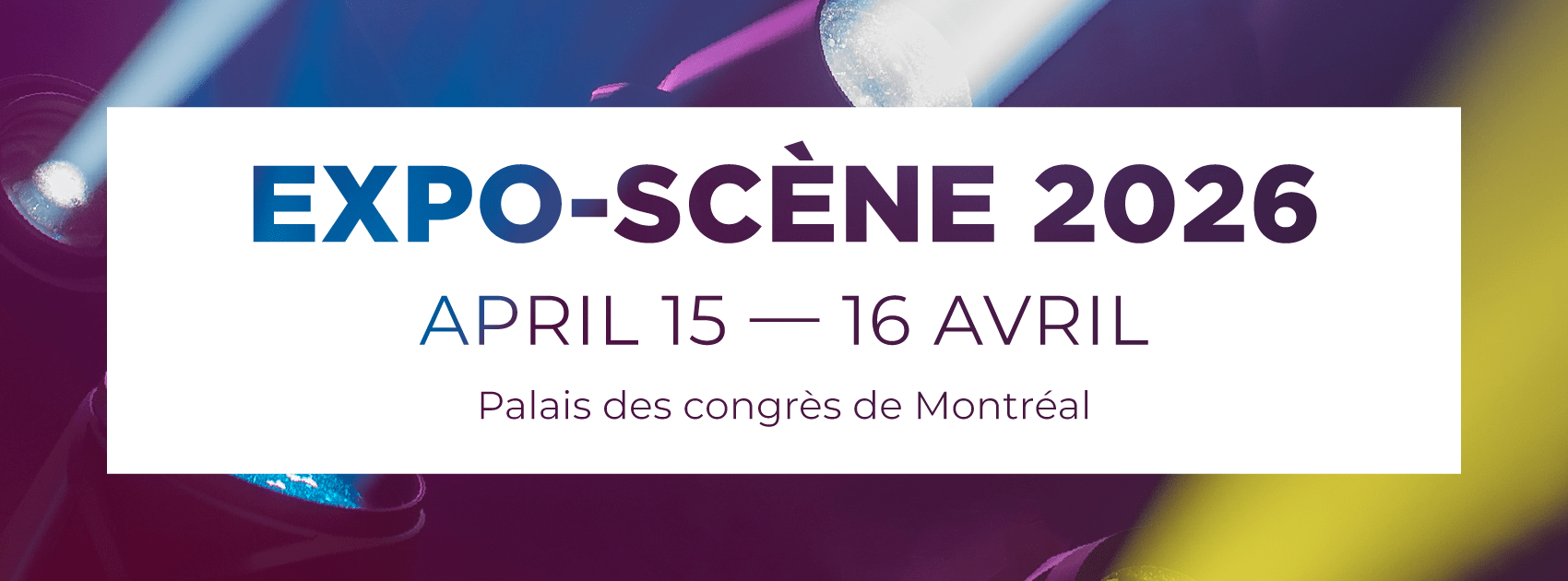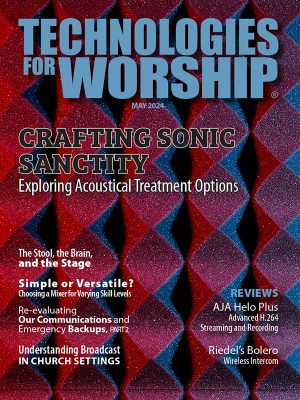
When preparing for the Mason Gross School of the Arts production of Orlando at Rutgers University, Lighting Designer Chloe Dittloff knew she needed more options and ultimately deployed Chroma-Q Color Force II 72 LED batten lights.
“The Orlando set lived (in) a world of surrealism, which meant the lighting had to communicate more details about time and space for audience members, as the play spans several centuries,” Dittloff explains. “And, with such a large cyc in the space, I knew it would be key to creating cohesive stage pictures and grounding our audiences in the setting.”
Mounted at the Victoria J. Mastrobuono Theatre and directed by Chika Ike, this reimagining of Virginia Woolf’s Orlando: A Biography (by Sarah Ruhl) exemplifies the Theatre department’s mission to present a wide range of styles and approaches and encourage students to embrace art as ‘an ever-changing field of possibility.’
To amplify the conceptual approach of a dreamy, poetic tale that spans five centuries while providing audiences with touchstones to underline each time period, Dittloff depended heavily on 8 Chroma-Q Color Force II 72s, which were used exclusively to light the venue’s large cyc.
“My production of Orlando wouldn’t have been possible without them. The product worked exactly like I had wanted, and I utilized it for most of the show,” Dittloff says, adding that this was her final production as a student but her first in the VJM Theatre – a traditional proscenium venue used for theatre and dance on campus. “And having the cyc, this classic staple of theatre, to tackle as one of my final challenges was instantly on my mind.”
Knowing the technology available in the theatre’s existing inventory, Dittloff requested a demo. “The play is five acts, each set in a different century with a different theme and attitude. The scenic world and the costume world lent themselves to a heightened historical or sometimes abstracted surreal look, and the director was interested in finding a way to create a language for these different eras and a sense of time moving. So, we knew that lighting (and costuming) would do a lot of the work of defining those eras. So, a lot of our focus was on how to craft those different time periods.
“When you have such a large cyc on a large stage, I think, immediately, you think about painting in broad strokes from the outside in,” Dittloff continues. “The color and intensity of the cyc helped dictate (how) the rest of the world should be crafted around it.” As an example, she cites “a moment we wanted to be like a world devoid of color, where (the cyc) was the brightest thing on stage – a silhouette moment – with a greyish color that’s hard to get from lights. But I was able to do that with the Color Force.”
There were also moments requiring lush color combinations: “where there was a lot more massaging of the cyc – using intensity to craft where the eye was going, especially since the ensemble was on stage the whole time,” Dittloff says. “That was key to highlighting where Orlando is in the action, and those are the moments where the Color Force II 72s were invaluable. They provided amazing color mixing and unbelievable brightness. I was able to use the cyc to its fullest potential, thanks to these two features.
“They have beautiful output, were easy to set up, and were truly instrumental in getting the stage pictures to look vivid and cohesive; a lighting designer’s dream in terms of color mixing and brightness,” Dittloff concludes. “I was able to control stage pictures in a way I’d never been able to before, thanks to this product. The run went amazingly, and I can’t thank A.C. Lighting and Chroma-Q enough for their help.”




